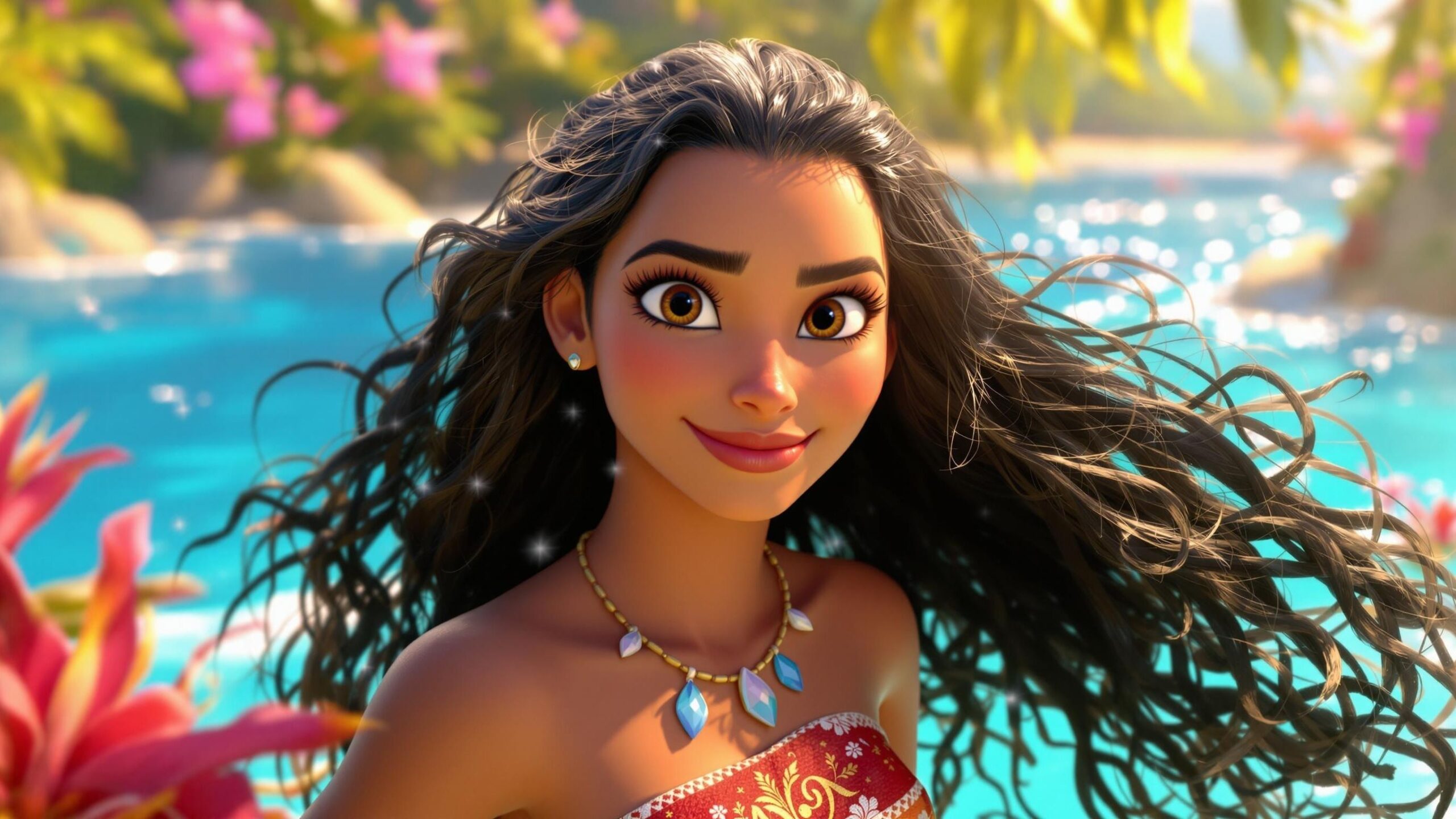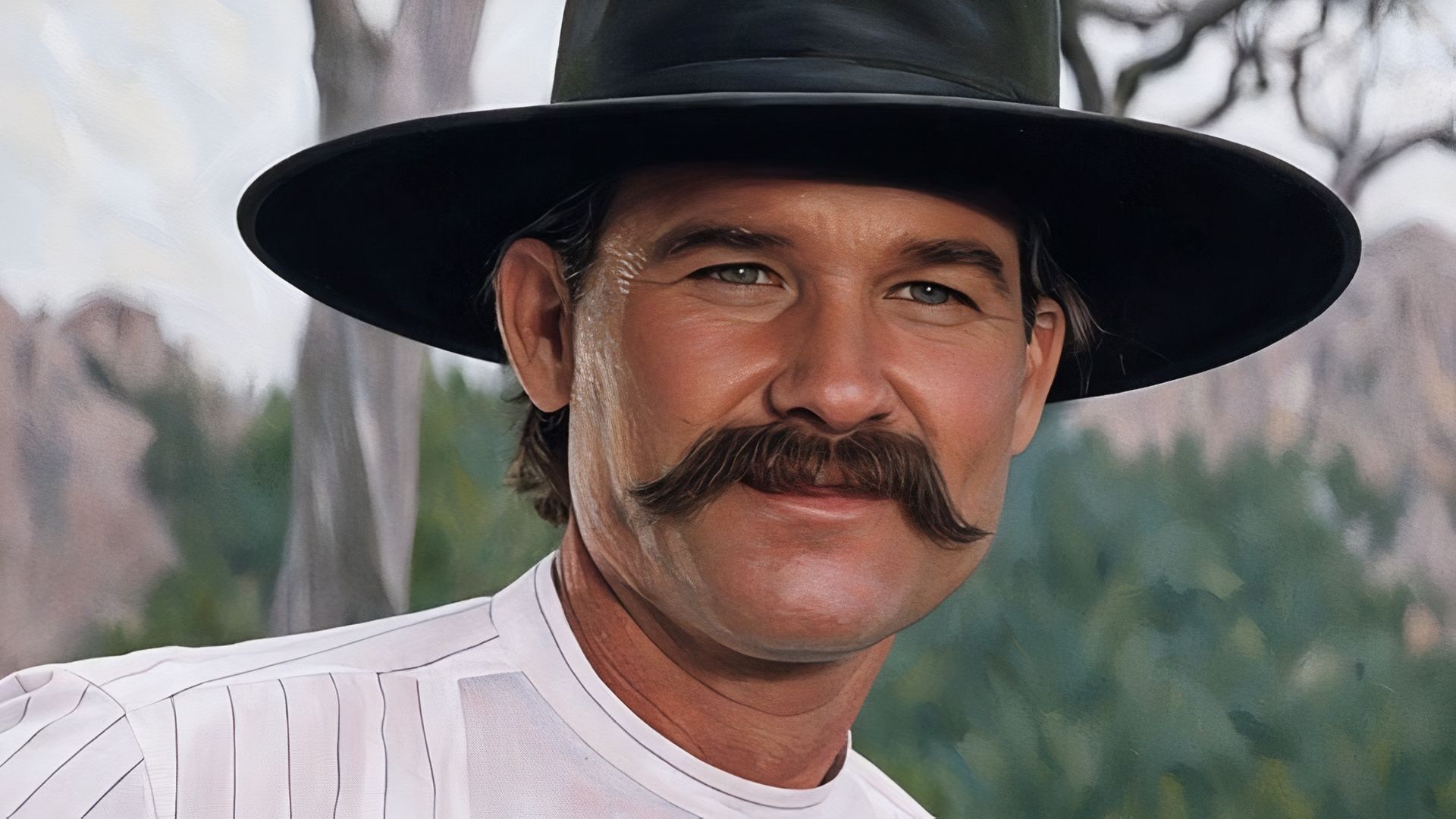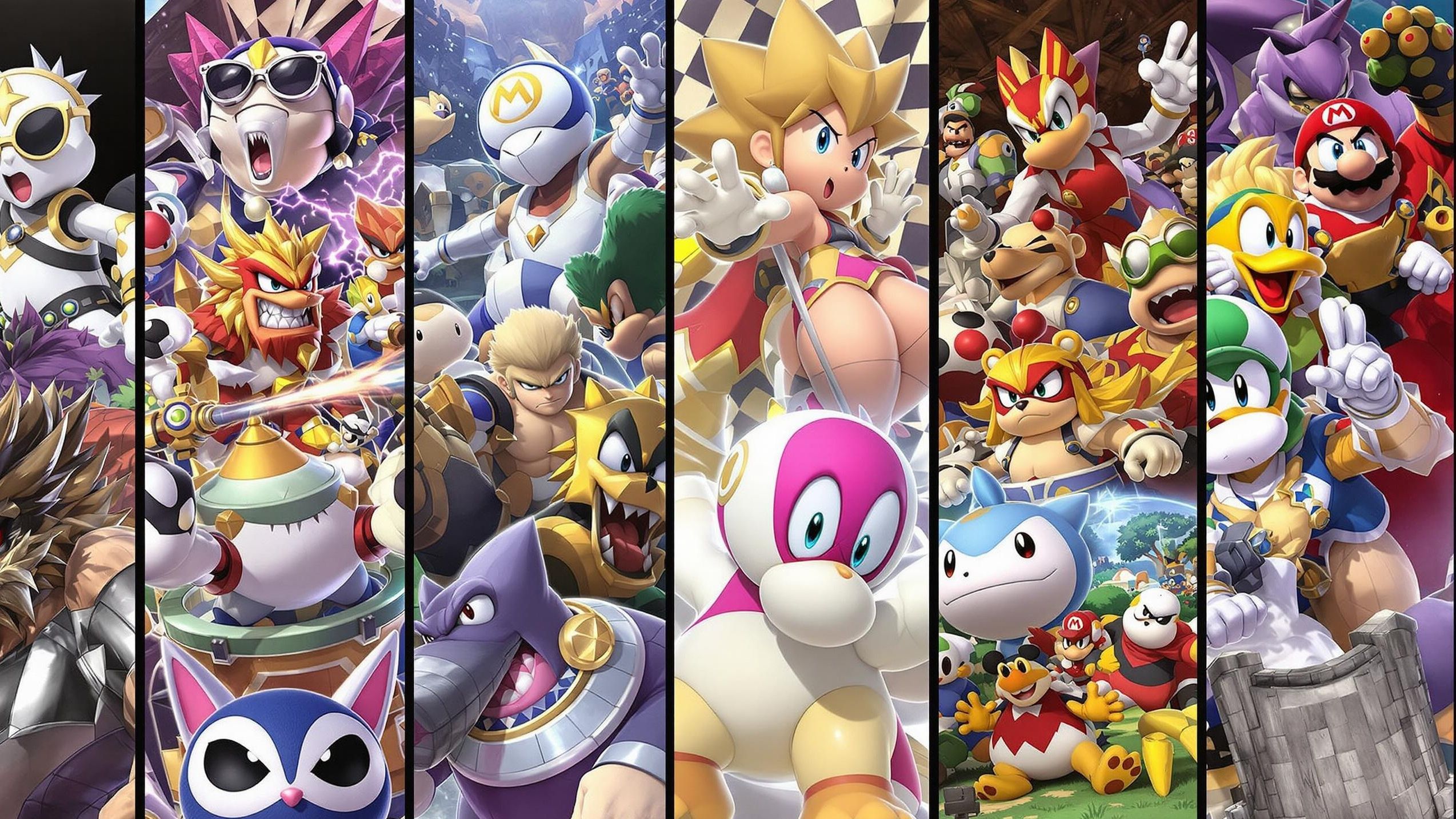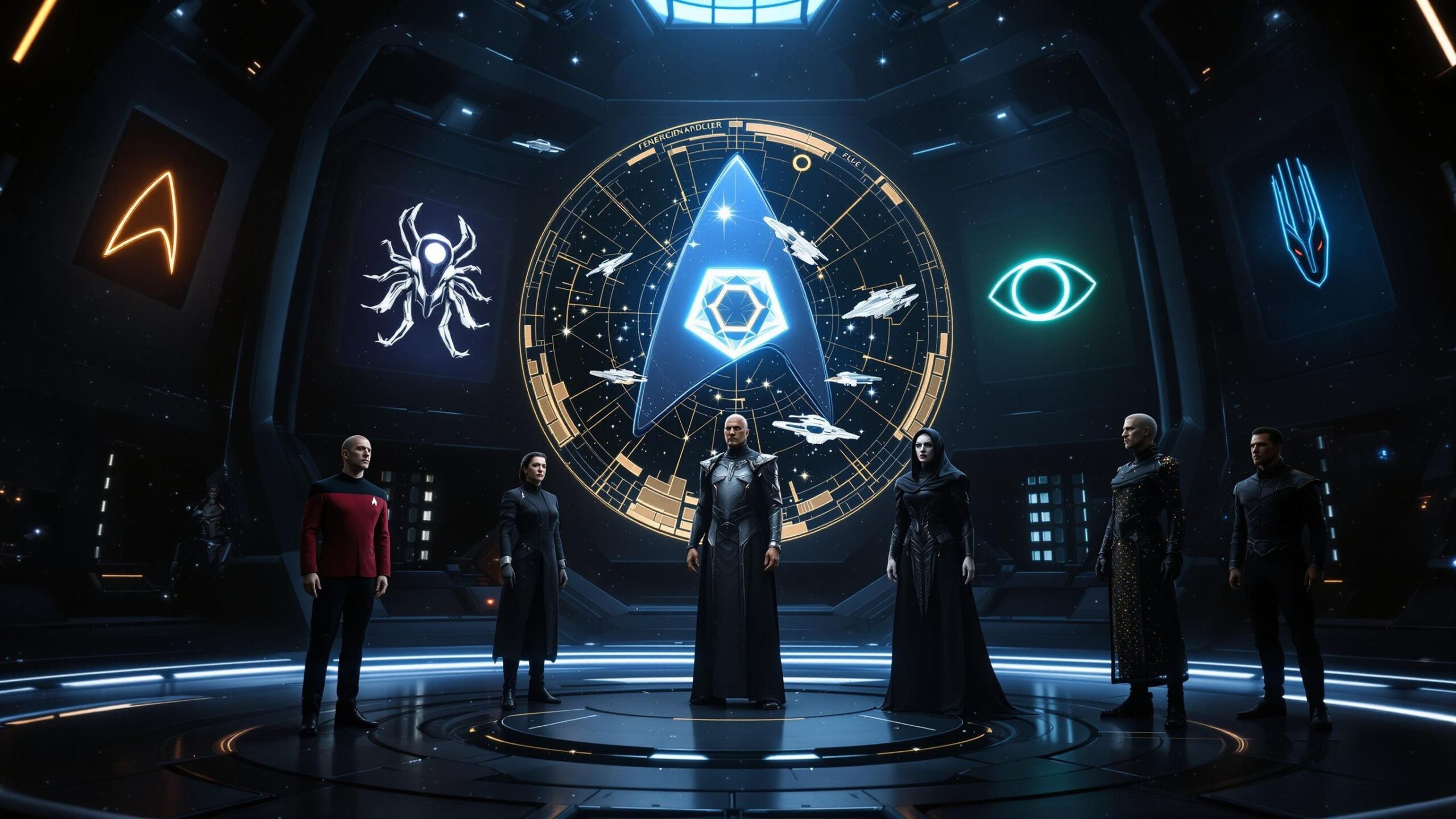When it comes to Disney legends, few characters burst onto the screen with as much swagger, sass, and seismic strength as Maui from Moana. Armed with his magical fish hook, an ego the size of a volcanic island, and a whole chorus line of animated tattoos, Maui isn’t just a demigod—he’s the demigod. He’s the guy who “lassoed the sun,” pulled islands from the sea, and wrote his own theme song just to brag about it. But as dazzling as his powers are, what really makes Maui iconic is his journey—from glory-hogging showboat to selfless hero who learns the true meaning of partnership, purpose, and heart. Voiced to perfection by Dwayne “The Rock” Johnson, Maui brings a larger-than-life presence to every scene, effortlessly blending comedy, mythology, and surprisingly heartfelt moments. Sure, he’ll steal your boat (and maybe your thunder), but he’ll also save the day—even if it means risking everything. Whether he’s shapeshifting into a hawk, getting hilariously humbled by a crab with a taste for bling, or simply carving a tattoo in tribute to Moana, Maui constantly reminds us that even gods-in-training have room to grow. So, grab your oar, summon your inner voyager, and get ready to sail through the top 10 Maui moments that prove he’s not just a legend—he’s the ultimate demigod we didn’t know we needed.
#10: “You’re Welcome” — The Musical Entrance of a Legend
From the first note of “You’re Welcome,” Maui proves he’s not just a demigod—he’s the entertainer of the gods. This song is his flex reel, where he proudly takes credit for every natural wonder in the world. Pulled up the sky? You’re welcome. Made the sun rise? You’re welcome. It’s cheeky, confident, and filled with enough charm to light up a thousand islands. His performance is so over-the-top yet delightful that even Moana is left stunned (and mildly annoyed).
But beyond the humor, the sequence is visually stunning and packed with lore. We see his fish hook powers in action, his animated tattoos dancing, and his larger-than-life personality. It’s also cleverly ironic—he sings a song that sounds like a favor but is clearly a brag. This moment sets the tone for Maui’s entire arc: flashy, funny, and full of himself—but impossible not to enjoy.
#9: Mini-Maui, the Tattoo Conscience
One of Moana’s most creative touches is Mini-Maui—a living tattoo version of Maui that acts as his Jiminy Cricket. Without saying a word, this tiny animated version of the demigod has full conversations with the real Maui, usually rolling its eyes at his arrogance or urging him to do the right thing. It’s a hilarious visual gag that also adds surprising emotional depth.
Mini-Maui constantly challenges big Maui’s ego. When Moana pushes back or when Maui considers walking away from a challenge, the tattoo becomes a voice of morality. It’s also brilliant character design. Instead of an internal monologue or exposition, we get clever silent storytelling. And despite being just ink, Mini-Maui has a strong personality—courageous, cheeky, and stubborn, just like Moana. Their silent rivalry reflects the tug-of-war inside Maui himself: his struggle between selfishness and heroism.
#8: Shark Head Mishap – When Shapeshifting Goes Wrong
Maui’s shape-shifting is one of his most impressive powers—until it totally isn’t. When he attempts to transform but ends up with the body of a human and the head of a shark, it’s a moment of hilarious visual comedy. It’s also surprisingly humbling for a character who constantly boasts about his flawless abilities. His embarrassment is palpable, and even Moana has to stifle her laughter.
This misfire reminds us that Maui isn’t invincible—his powers are tied to his confidence and his relationship with his magical fish hook. The glitchy transformations, while funny, also signify deeper narrative stakes. Maui’s identity and strength are slipping. His shark head becomes a symbol of insecurity. But rather than mock him, the film uses it to humanize him. It’s a visual metaphor for how heroes can fall, get back up, and still swim forward—awkward flippers and all.
#7: Facing Tamatoa in Lalotai
Venturing into the Realm of Monsters is already daunting—but facing Tamatoa, the glam-obsessed giant crab, is a whole other challenge. When Maui dives into Lalotai to reclaim his fish hook, we see a different side of him: desperate, rusty, and off his game. Tamatoa’s taunting cuts deep, mocking Maui for losing his powers and relevance. For the first time, Maui isn’t the biggest or the flashiest in the room—and that’s hard for him to handle.
What makes this scene powerful is how it humbles Maui. Even his sarcastic confidence is shaken as Tamatoa shines, literally and figuratively. But this moment also marks the turning point where Maui realizes he can’t get through this journey alone. Moana helps him escape, not the other way around. It flips the power dynamic and plants the seeds for a real partnership between them. And let’s be real—watching Dwayne Johnson’s Maui go head-to-head with a singing, glittery crustacean is unforgettable.
#6: Teaching Moana to Wayfind
When Maui finally agrees to teach Moana how to sail and navigate the ocean, it’s the start of one of the most heartfelt sections of the film. At first, his lessons are tough-love and full of teasing, but over time, he begins to see Moana’s determination and potential. The montage where she learns to feel the waves, read the stars, and embrace her destiny as a wayfinder is framed by Maui’s surprisingly thoughtful guidance.
This part of the movie deepens both characters. Maui becomes a mentor—grudgingly at first, but sincerely by the end. He stops seeing Moana as a nuisance and starts respecting her as an equal. There’s warmth in their banter, growth in their bond, and a sense that they are no longer just traveling together—they’re learning from each other. For a character built on pride, teaching someone else is a quiet form of growth. And for Moana, having Maui believe in her, even in his weird sarcastic way, is empowering.
#5: Maui’s Tragic Origin Story
Maui’s confidence masks something darker. In one quiet, powerful moment, he reveals that he wasn’t always a demigod—he was a mortal child, abandoned by his human parents. The gods took pity on him and gave him powers, and since then, he’s sought the approval and love he never received. It’s a gut-punch revelation, and it instantly reframes his behavior. The bragging, the need for praise, the showboating—it all comes from deep-rooted trauma.
This scene shows Maui at his most vulnerable. His voice lowers, his posture shifts, and even Mini-Maui turns solemn. It’s one of the rare times where the myth becomes a man. For an animated movie, this moment delivers an emotionally rich exploration of self-worth and identity. And for Maui, it’s the beginning of true healing. By sharing his story with Moana, he starts to let go of his need for validation and embrace who he truly is—flaws, pain, and all.
#4: Standing Up to Te Kā Without Powers
During the climactic showdown with Te Kā, Maui’s fish hook is nearly destroyed. He’s visibly shaken—the loss of his weapon could mean the end of his demigod status. But when it comes down to it, Maui makes a heroic choice: he stands up to Te Kā anyway. With or without his powers, he’s determined to protect Moana and give her a chance to return the heart of Te Fiti.
This is Maui’s boldest moment. He distracts Te Kā, dodges molten attacks, and goes toe-to-toe with a literal lava monster. The audience sees that Maui is more than just muscle or magic—he’s courageous even when he’s vulnerable. He’s willing to risk everything, not for glory, but for someone else. It’s a full-circle moment that proves the ultimate strength isn’t in a weapon—it’s in character.
#3: Apologizing and Returning to Help
After fleeing in fear when his hook cracks, Maui leaves Moana behind. But in one of the film’s most cathartic moments, he returns—soaring in on his hawk form just in time to back her up. His apology is simple but sincere. He doesn’t try to spin it. He admits he was wrong, and he shows up to make it right.
This moment is powerful because it shows real growth. The Maui at the beginning of the movie wouldn’t have returned unless there was applause waiting. Now, he’s doing it because it’s right. It’s not just a heroic comeback—it’s a redemption. His humility and willingness to work with Moana, rather than steal the spotlight, prove he’s evolved into the kind of hero worthy of legend.
#2: Facing Te Kā to Save Moana
When Maui takes the full force of Te Kā’s fury to protect Moana, it’s a jaw-dropping moment of sacrifice. His fish hook, glowing with strain, is about to shatter. But he stands firm, drawing fire away from Moana as she completes the mission. In that moment, he’s not just a demigod—he’s a shield, a friend, and a protector.
This moment cements Maui’s transformation. He’s no longer chasing fame. He’s risking everything without a guarantee of reward. It’s visually explosive but emotionally resonant. The once-selfish trickster is now laying it all on the line for someone else. And that’s the kind of story myths are made of.
The New Tattoo of Moana
After everything is said and done, Maui doesn’t throw a party or demand a monument. Instead, he quietly etches a new tattoo onto his chest—of Moana, standing proud. It’s a silent, beautiful tribute that says everything. For a character who’s spent centuries collecting symbols of his own glory, giving Moana a place on his body is the highest form of respect he can offer.
It’s not just an acknowledgment of her bravery—it’s a recognition that she helped him become who he is now. The demigod finally uses his powers not to celebrate himself, but to honor someone else. It’s poetic, powerful, and perfect.
Why Maui Truly Is the Ultimate Demigod
Maui’s journey in Moana is one of the most layered and rewarding in Disney history. He starts as a swaggering powerhouse full of ego and legend, but slowly transforms into a humble, brave, and emotionally complex hero. Whether he’s commanding the waves or quietly honoring a friend, Maui earns his place among the greatest heroes in animated film.
He’s not perfect—and that’s exactly what makes him unforgettable. He grows, fails, learns, and ultimately becomes a demigod not because of his hook, but because of his heart. And that’s why Maui will forever be more than a legend—he’s a symbol of change, courage, and redemption.




